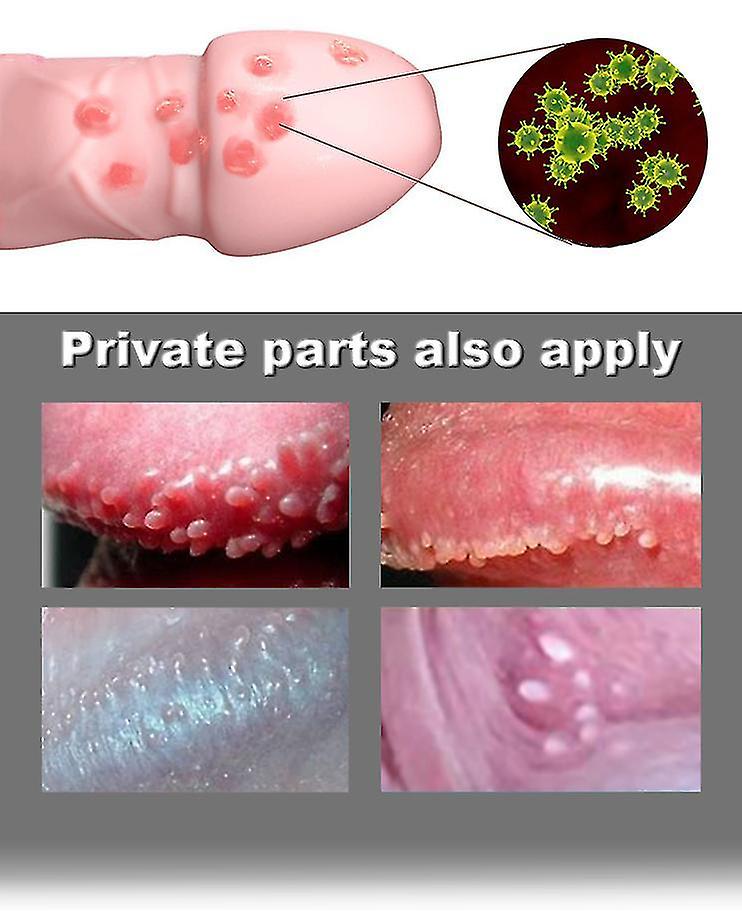Condyloma Acuminatum Overview

A concise overview of condyloma acuminatum’s causes and treatment options is necessary for diagnosis and treatment. The virus, or human papillomavirus, is responsible for the development of the condyloma. While many treatment options are available, most have high recurrence rates and require multiple treatments in order to achieve a complete clearance rate.
The disease is not harmful and is usually asymptomatic. In rare cases, a patient may experience pain, bleeding, and pruritus. Although it is rarely life-threatening, it may cause severe distress and emotional trauma in the affected person. It is usually diagnosed during a routine female gynecological exam. Some women may experience the condition during pregnancy, and in rare cases, it can be sexually transmitted.
A condyloma acuminatiform squamous cell carcinoma that develops in the anogenital region is caused by a human papillomavirus. It is most likely to occur in young, healthy adults, and is spread during sexual intercourse. However, it may occur during pregnancy, so it is important to perform a thorough evaluation to rule out the disease in pregnant women.
The symptoms of condyloma acuminati are similar to those of cancer, and it is often transmitted during sexual intercourse. In young, healthy adults, the lesions will often disappear without treatment. If they are symptomatic, however, or if they interfere with sexual activity, treatment is recommended. A variety of treatments can be used for condyloma acumina, including topical creams, cryotherapy, and surgical excision. Choosing one of these treatments is a personal choice and depends on the lesion’s morphology and location.
In adults, condyloma acuminatum is typically asymptomatic, with symptoms of pain, bleeding, and pruritus occurring occasionally. Symptomatic patients should seek treatment as early as possible, as the lesions will often resolve over months or years. While the disease is not contagious in children, it should be evaluated by a physician as early as possible.
In children, adolescents, and young adults, treatment may be delayed, as it is rare in young, healthy adults. The most common treatment for condyloma acuminatum is observation. It can be treated with topical creams, cryotherapy, or surgical excision. For children, surgery can also be considered. Depending on the lesion’s morphology and location, the patient can undergo different types of treatments.
Most condyloma acuminate lesions are asymptomatic, but some may experience painful symptoms. Treatment options vary from topical creams to surgical excision. Most patients with condyloma are asymptomatic and can be treated with topical therapy or cryotherapy. For women with a history of sexually transmitted diseases, medical evaluation is essential.
Condyloma acumina is an STD that affects the genital tract and oral cavity. It is usually asymptomatic, but can be accompanied by a fever or itchiness. It is important to get an annual checkup for condyloma acuminatum to avoid future complications. While the infection is rarely fatal, it is often found during routine gynecological examinations, and can even be asymptomatic.
Although the virus is a common cause of genital warts, it is not always contagious. It can be sexually transmitted and is usually transmitted through contact with infected skin. If it is symptomatic, it is usually harmless. Approximately 1% of women develop genital HPV infection. This disease is not contagious. Most cases of warts are asymptomatic, but it is important to seek medical attention at https://notatourist.sg/ if symptoms persist.
In most cases, genital warts are a chronic infection of the genitals. Most cases recur. It is often treated by removing the infected tissue and repairing the skin. In some cases, this is treated with surgery, but it may also require invasive procedures. It is important to see a doctor for an accurate diagnosis.
The most common treatments for genital warts during pregnancy were laser therapy, trichloroacetic acid injections, and imiquimod cream. In women, scrotal lesions are rare, but may occur in immunocompetent men. During pregnancy, the most common treatments are trichloroacetic acid, topical hyperthermic treatment, and biopsy.